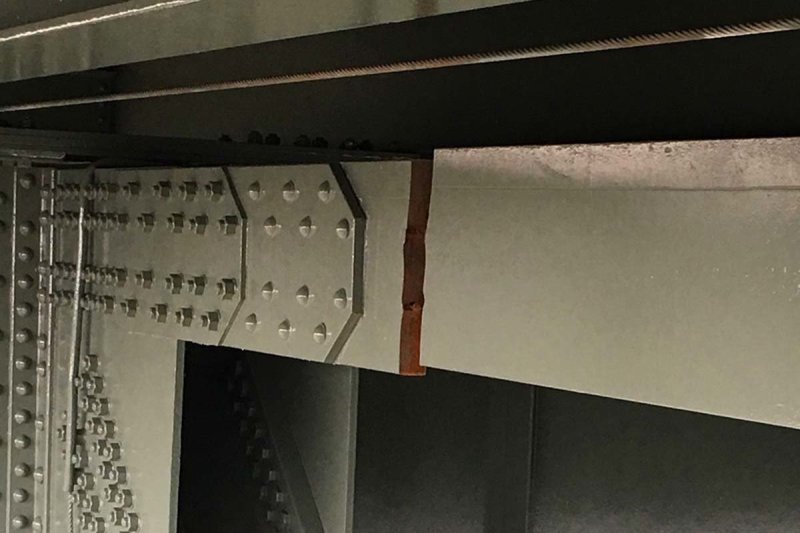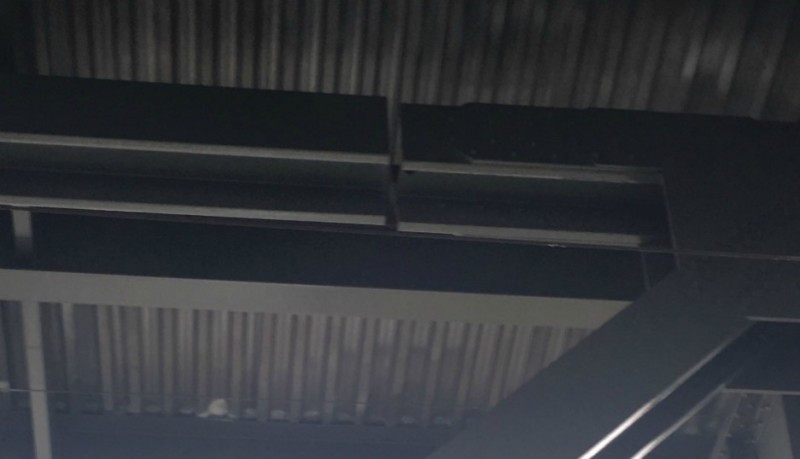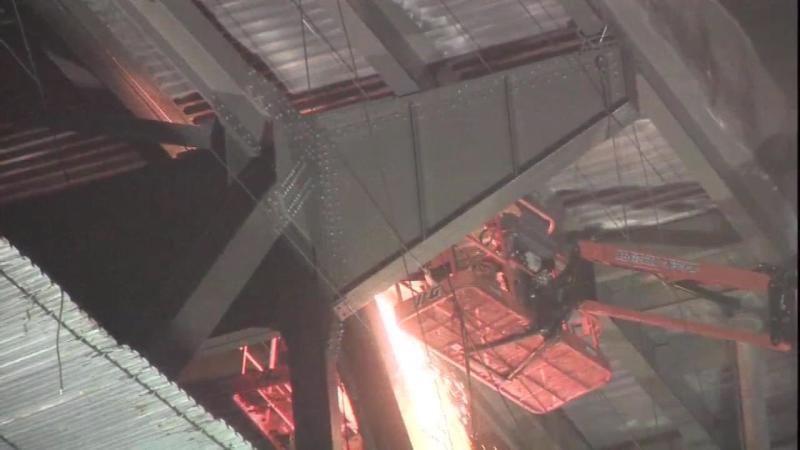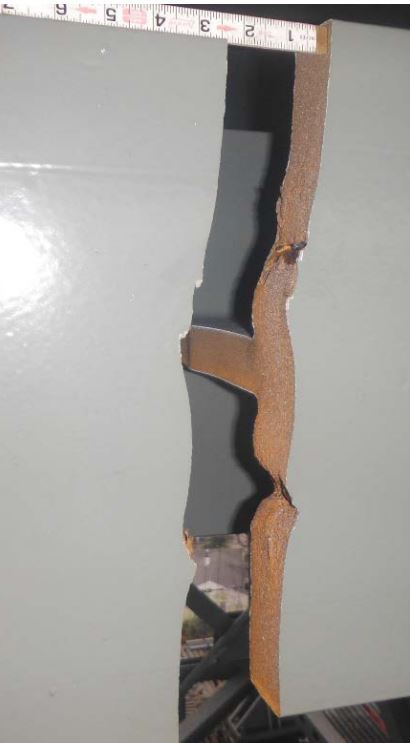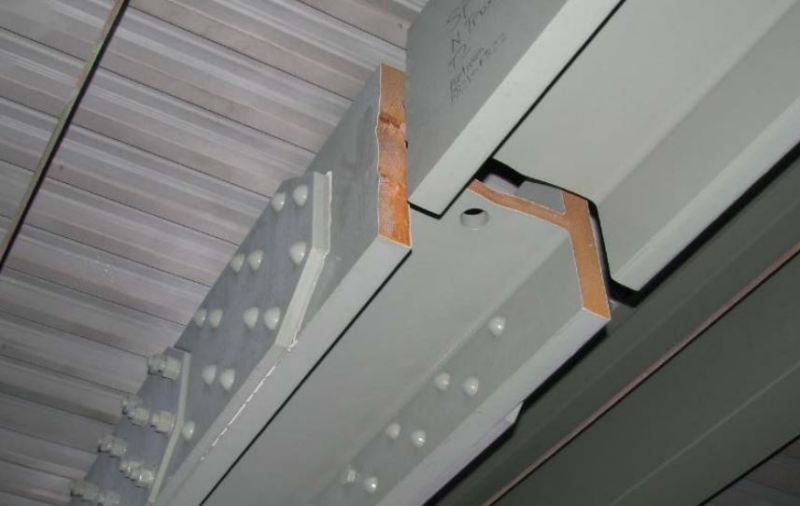-
1
- #1
Engineers will need at least two weeks to get a handle on the repairs required to fix a heavily traveled bridge between Pennsylvania and New Jersey after one of its steel supports fractured cleanly into two pieces, a highly unusual event that had some experts suspecting a flawed, 6-decade-old weld....
Engineers working on the closed Delaware River Bridge face the task of determining whether a failed beam was an isolated case or something that could happen elsewhere on the structure.
“They’d be interested in knowing if this is a systemic issue,” said Carl DeFebo Jr., spokesman for the Pennsylvania Turnpike Commission.
The crack completely sheared through a truss beneath....

